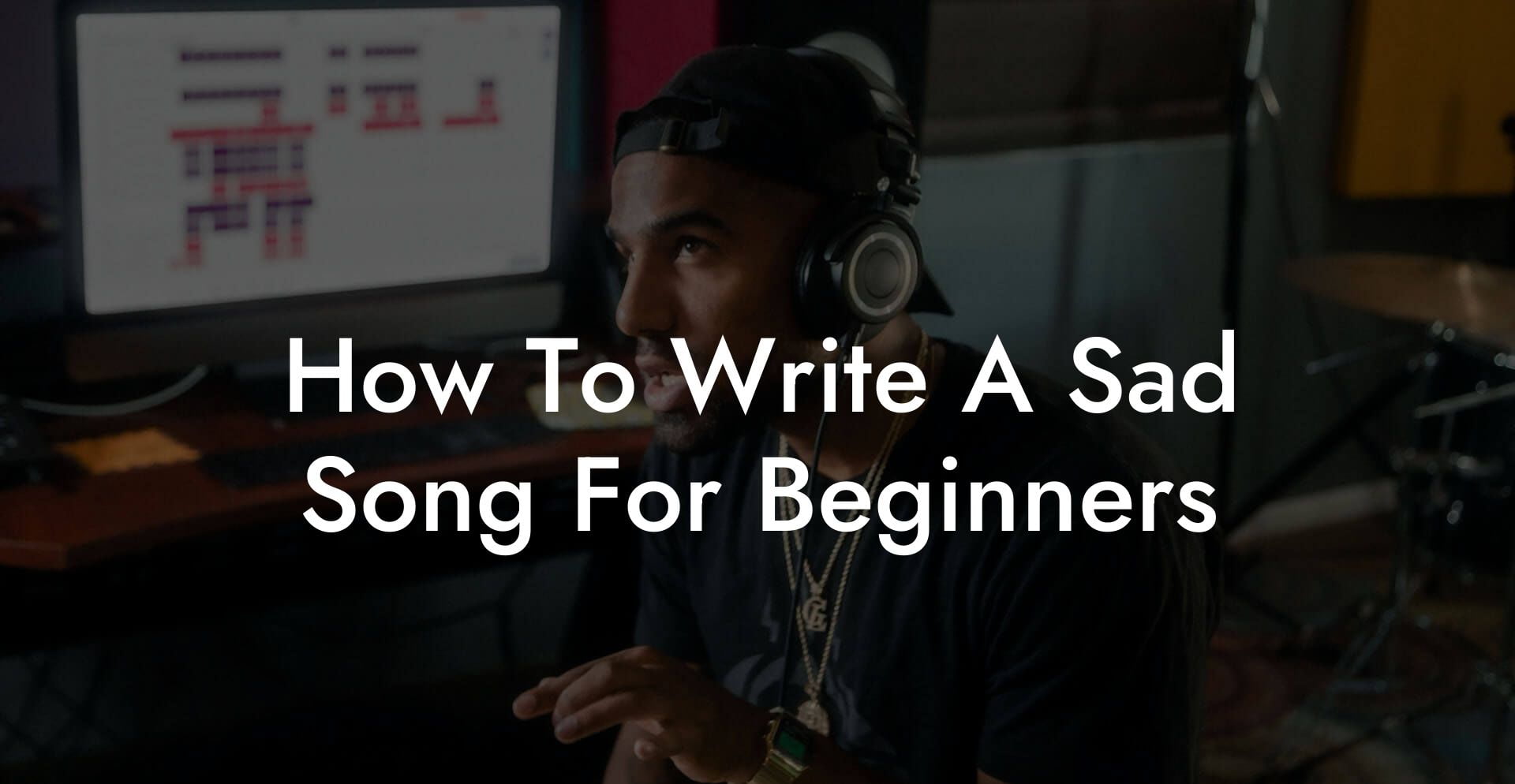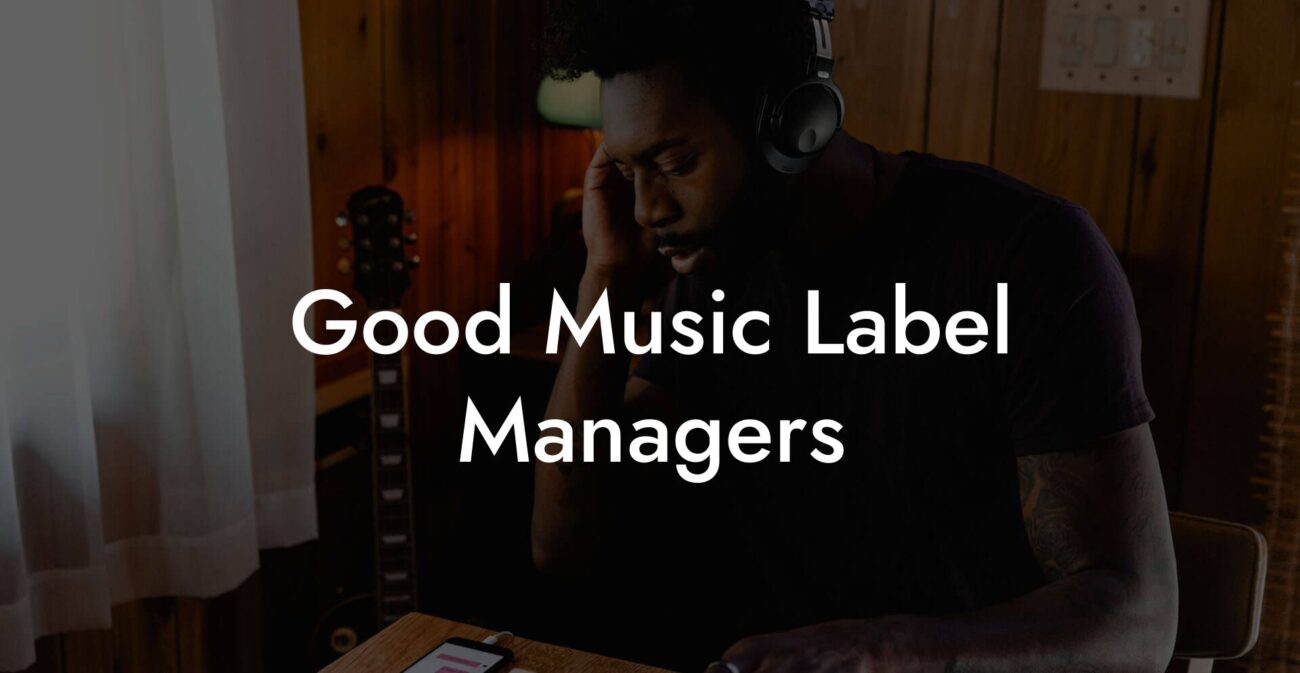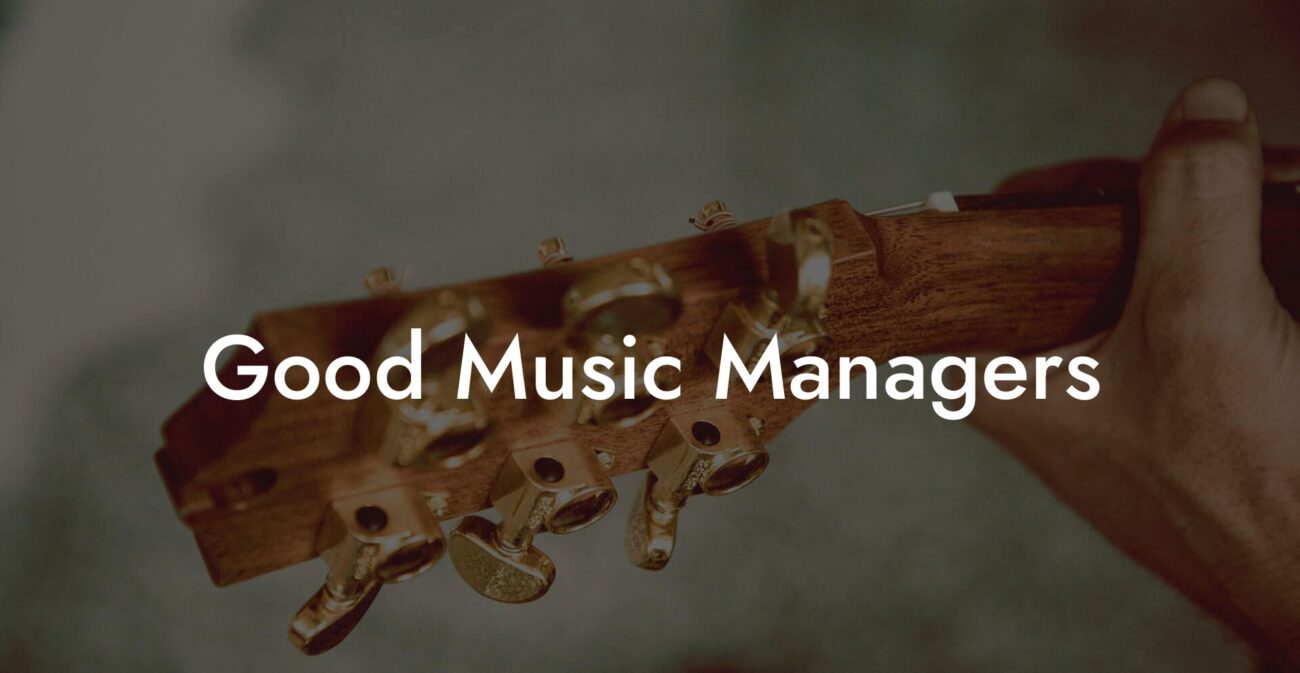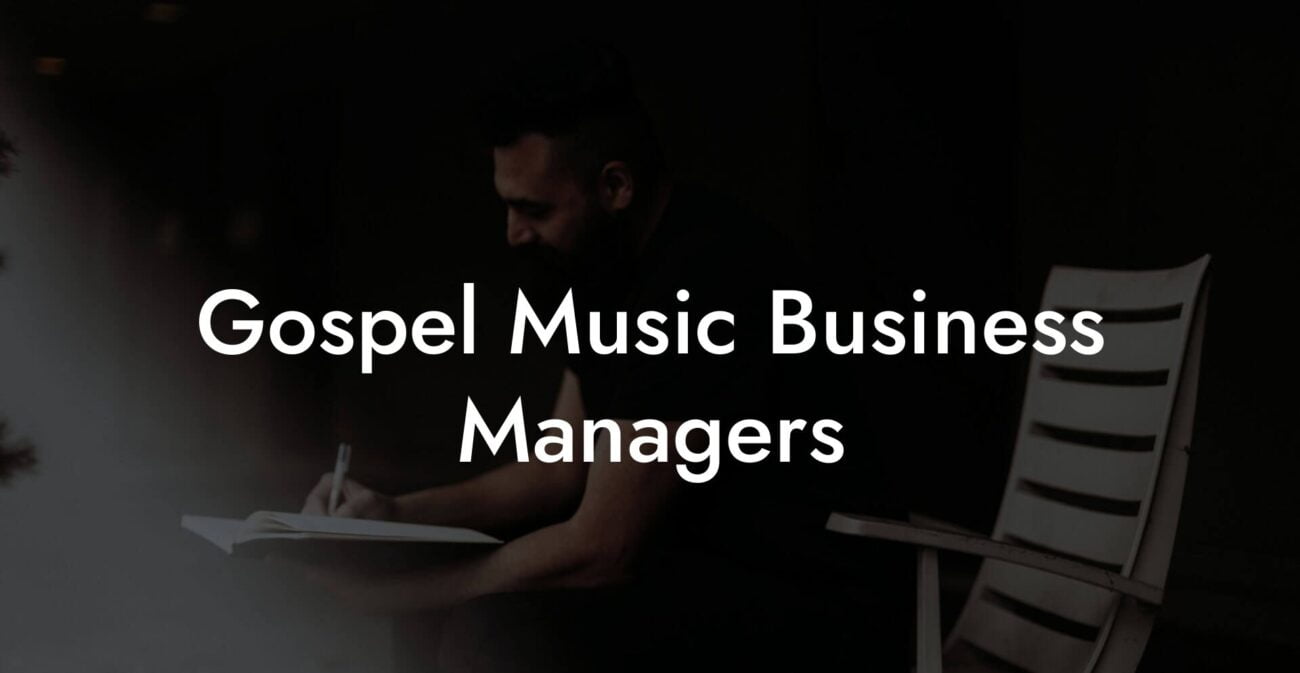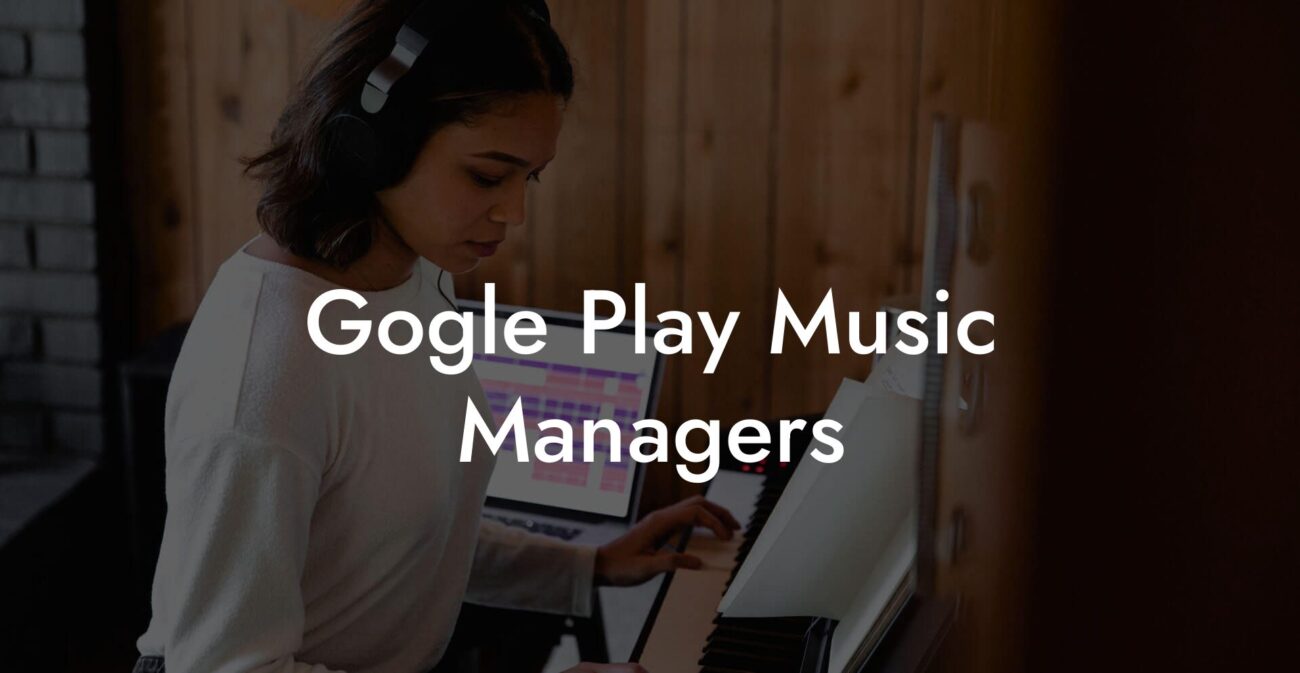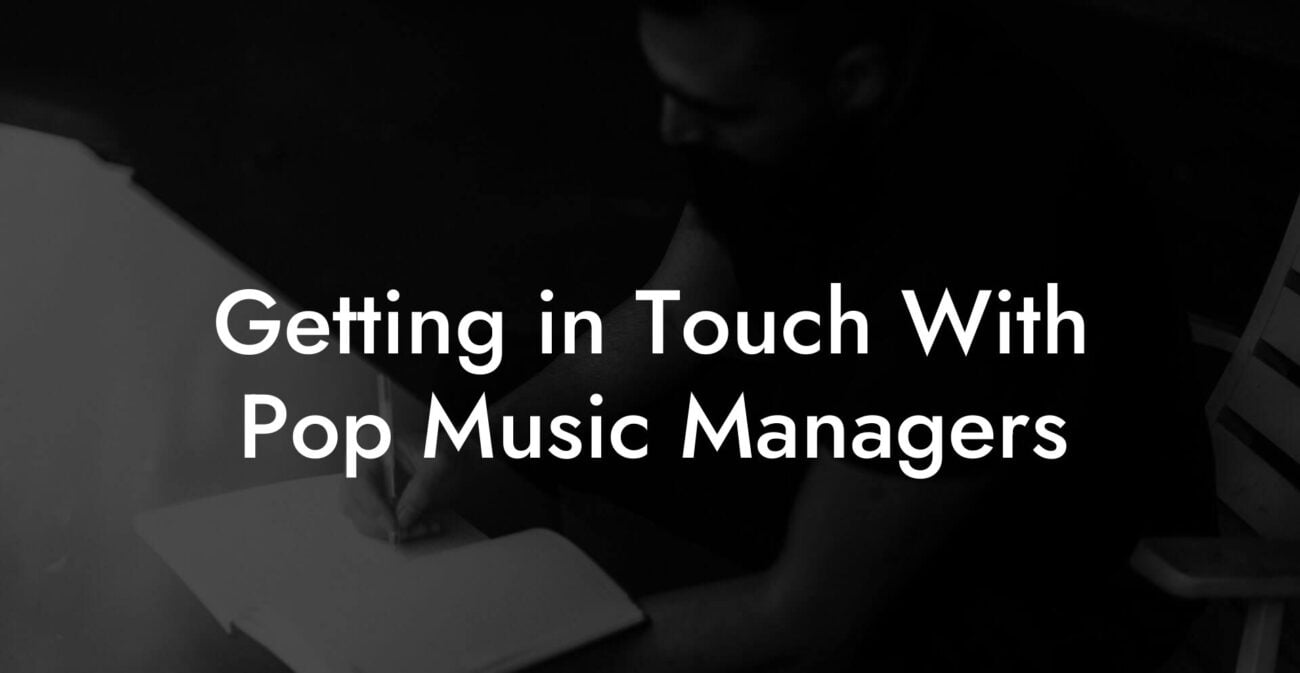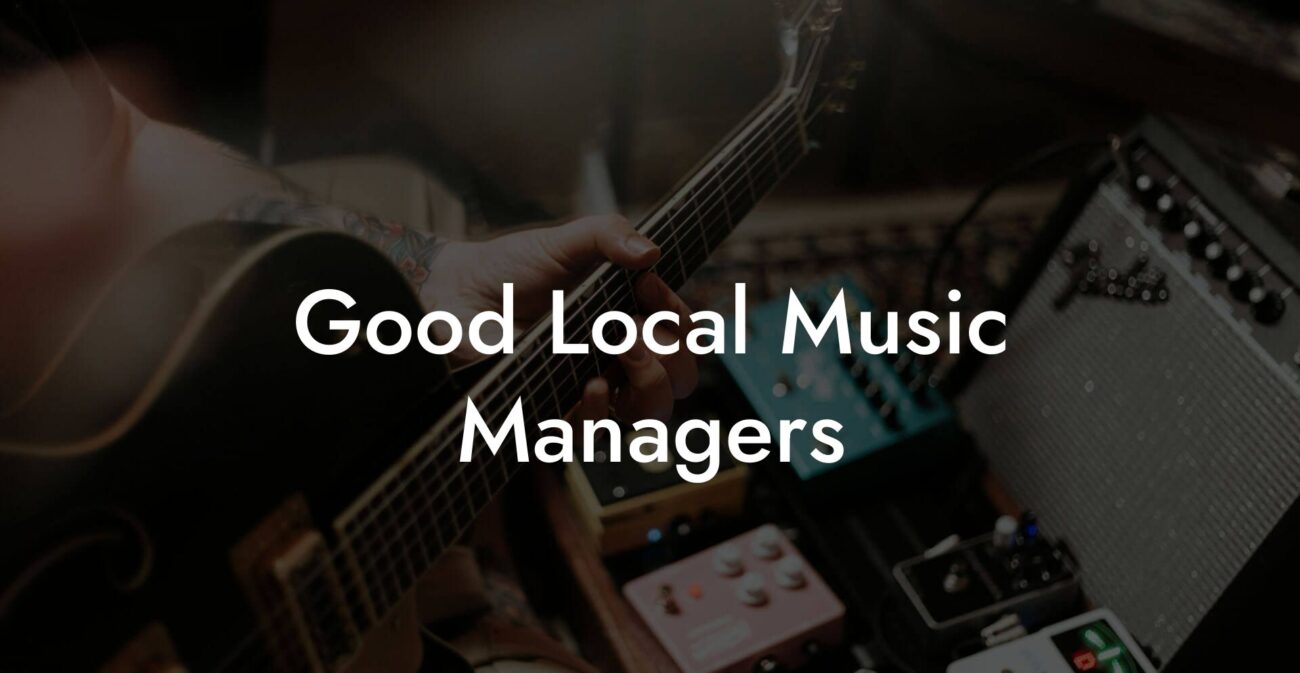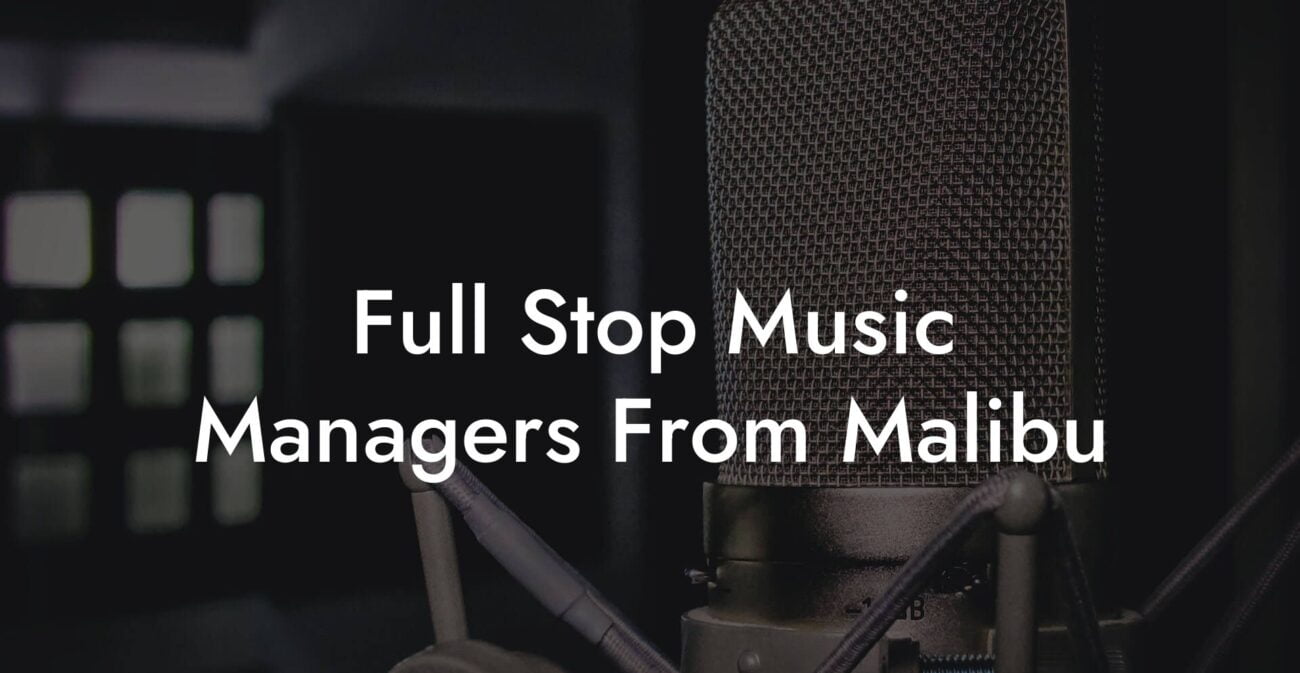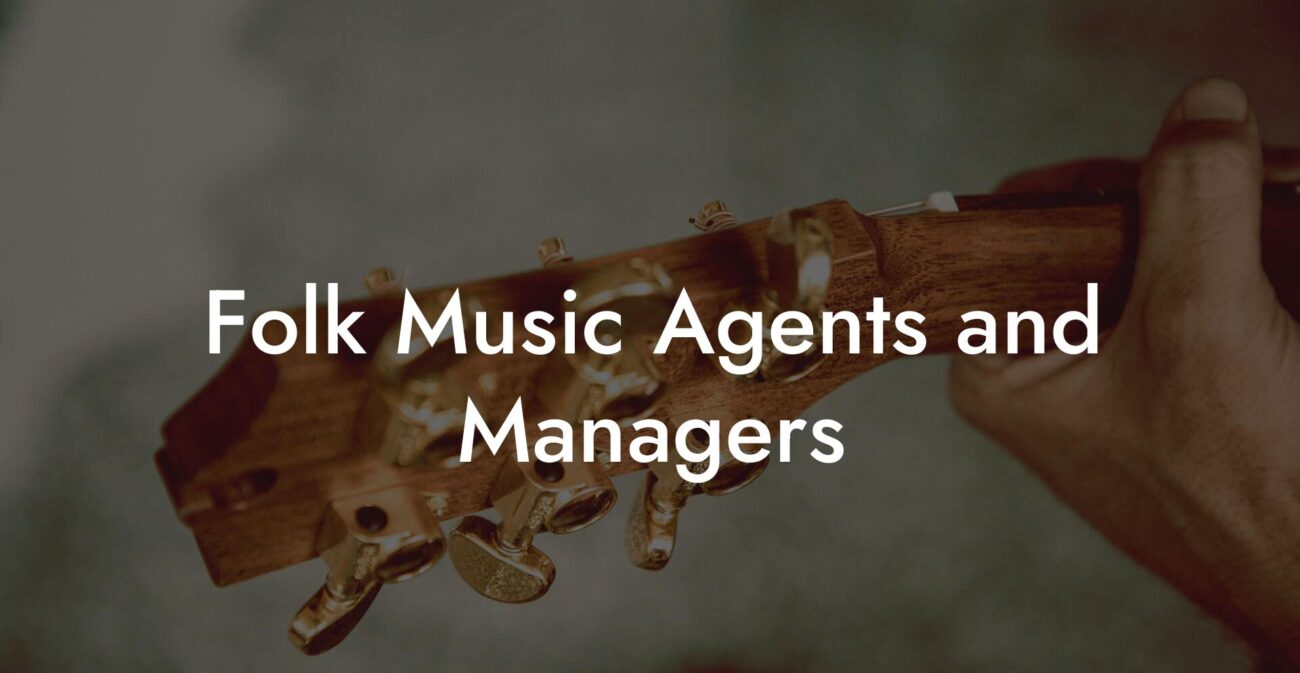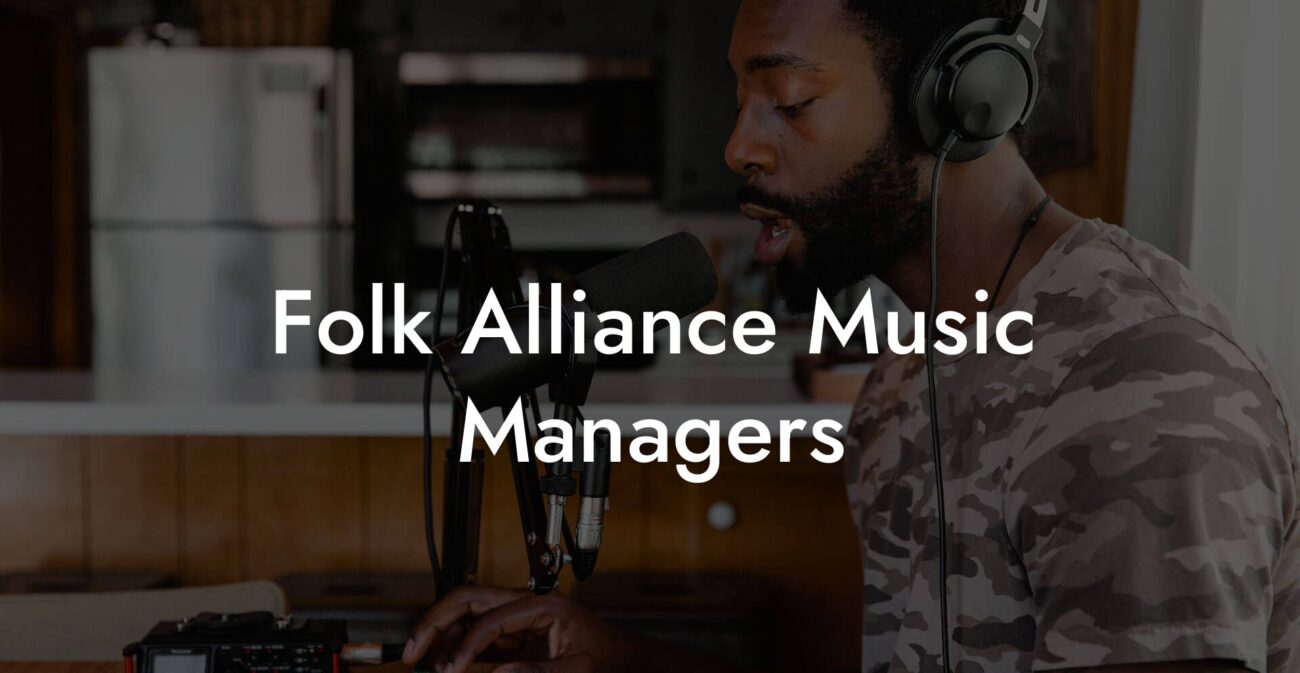Ever found yourself drowning in a sea of feels, desperately clutching your smartphone as if it were a lifebuoy, wondering how to transform your heartache into a masterpiece? Writing a sad song for beginners might feel like trying to capture lightning in a bottle—only the lightning is your raw, unfiltered emotion, and the bottle is your creative mind. But fear not, future melancholic hitmaker, this guide is here to help you navigate the soulful, sometimes stormy journey of writing a gut-wrenching, beautiful sad song that resonates with every broken heart in the room.
Looking to write your next song? Transform your creative ideas into songs that people will love, and skyrocket your music career with Lyric Assistant. The perfect songwriting assistant. Find out more →
Quick Links to Useful Sections
- Understanding the Power of a Sad Song
- The Anatomy of a Sad Song
- The Lyrics: Raw, Honest, and Poetic
- The Melody: Setting the Mood
- Chord Progressions: Building a Soundscape for Your Emotions
- Instrumentation: Choosing the Right Sounds
- Finding Your Emotional Inspiration
- Doodle Your Feelings
- Listen to the Heartbreak Hits
- Watch Tearjerker Films and Read Poignant Books
- The Step-by-Step Songwriting Process for a Sad Song
- Step 1: Define Your Theme and Story
- Step 2: Write a Rough Draft of Your Lyrics
- Step 3: Develop a Melody that Mirrors Your Mood
- Step 4: Edit, Revise, and Refine
- Step 5: Experiment with Arrangement and Instrumentation
- Step 6: Seek Feedback and Polish Your Work
- Overcoming Writer’s Block and Embracing Inspiration
- Take a Walk or Jam to a Different Beat
- Write Freely Without Judgment
- Collaborate or Use Digital Tools
- Embracing Modern Tools: Meet Your New Lyric Assistant
- Finding Your Unique Voice in a Sea of Sadness
- Reflect on Your Personal Story
- Don’t Imitate—Innovate
- Embrace Imperfection
- Advanced Writing Techniques to Elevate Your Song
- Utilize Symbolism and Allegory
- Play With Song Structure
- Use Dynamic Contrast
- Resources and Community Support: Your Next Steps
- Online Courses and Workshops
- Songwriting Forums and Social Media Groups
- Local Music Meetups and Open Mic Nights
- Books and Podcasts
- Songwriting Tips from the Pros (and a Few Quirky Tidbits!)
- Tip 1: Embrace the Messiness
- Tip 2: Use a “Lyric Assistant” (Don’t Ask How I Know!)
- Tip 3: Write When You’re Emotional, but Edit When You’re Sane
- Tip 4: Don’t Overthink the Outcome
- Tip 5: Keep a “Song Idea” Notebook
- Diving Into the Technical Side: Tools and Software for Aspiring Songwriters
- Digital Audio Workstations (DAWs)
- Lyric Assistance Software
- Instrument Plugins and Virtual Instruments
- Mobile Apps for Songwriting
- The Emotional Ripple Effect: How Your Sad Song Can Touch Lives
- Staying True to Yourself: Authenticity in Songwriting
- Integrative FAQs: Your Songwriting Queries Answered
- A Creative Journey to Your First Heartbreaker Hit
Understanding the Power of a Sad Song
Sad songs hold a special place in our hearts—they are musical diaries that capture moments of loss, heartache, or deep introspection. Think of them as the soundtracks of our emotional lives, turning tears into art. When you sit down to write a sad song, you’re not just penning lyrics; you’re exploring vulnerability, crafting empathy, and tapping into the universal human experience of sorrow.
At its core, a sad song is more than just a series of melancholic chords and weepy lyrics. It’s a cathartic exercise, a way to exhale the pent-up sadness that sometimes feels too heavy to bear. For beginners, it’s essential to understand that the journey of writing a sad song is also a journey in self-discovery—a way to make sense of your emotions and, in the process, connect with listeners who feel the same.
The beauty of a sad song lies in its duality: it can be both devastating and profoundly healing. By embracing the depths of your emotions and expressing them authentically, you turn personal pain into art that inspires and consoles. And if you’re wondering, “How on Earth do I start?”—breathe in, grab that journal (or open that note-taking app), and let your feelings guide you.
The Anatomy of a Sad Song
Whether you’re a novice with a guitar or a bedroom producer armed with a digital audio workstation, understanding the essential elements of a sad song can make the songwriting process less daunting. Let’s break down the core components that transform simple melodies into heart-tugging anthems.
Write Lyrics Like a Professional Songwriter
The ultimate songwriting tool that takes your creative vision to the next level! With just a few clicks, you can unleash your inner songwriter and craft a hit that's uniquely yours. Your song. You own it.
The Lyrics: Raw, Honest, and Poetic
The soul of any song lies in its lyrics. For a sad song, the words should be a powerful reflection of your inner world. Think about:
- Personal Experience: Dive into your own heartbreaks, regrets, or disappointments. Authenticity is the secret sauce to relatable lyrics.
- Imagery and Metaphors: Use vivid language that paints a picture—a shattered mirror, a fading photograph, or a lonely street at midnight.
- Vulnerability: Don’t be afraid to reveal your insecurities and fears. The more honest your lyrics, the deeper the connection with your audience.
Remember, your lyrics don’t have to be perfect prose. They’re a snapshot of your emotional state, so let them be as raw and unfiltered as you’re willing to share.
The Melody: Setting the Mood
A sad song’s melody plays a crucial role in conveying emotion. While minor chords are your best friend here, the secret is to create a sound that feels as introspective as your lyrics. Experiment with:
- Minor Keys: These keys have an inherent melancholy that can underscore the emotion in your words.
- Sparse Arrangements: Sometimes less is more. A simple piano line or acoustic guitar riff can evoke a profound sense of loneliness and loss.
- Dynamics: Use the rise and fall of volume to mirror the emotional highs and lows of heartbreak and healing.
Whether you’re strumming a guitar under dim bedroom lights or tapping on your laptop to create digital beats, let the melody be the emotional backbone of your song.
Chord Progressions: Building a Soundscape for Your Emotions
The progression of chords in your song is like the metaphorical roadmap of your emotional journey. Some chord progressions are known to naturally evoke sadness; try experimenting with sequences like:
- I–iv–V: A classic progression that creates an emotional pull.
- vi–IV–I–V: Popular in modern pop ballads, giving a feeling of melancholy while still offering a sense of resolution.
- Minor add9: Adds a subtle complexity to your sound, perfect for conveying bittersweet memories.
Let the progression mirror the narrative of your song—initial hope, subsequent fall, and the lingering question of “what could have been?”
Instrumentation: Choosing the Right Sounds
The instruments you choose set the stage for your emotional message. For a sad song, you might lean towards:
- Piano: Its haunting melodies can evoke deep emotional responses.
- Acoustic Guitar: Provides a raw, intimate sound that feels personal and vulnerable.
- Strings: Violins and cellos can add a dramatic, heart-wrenching layer to your music.
- Synth Pads and Ambient Sounds: For a modern twist, use ambient sounds to create a dreamy, reflective atmosphere.
Experiment with layering different instruments to build a soundscape that’s uniquely yours. The goal is to create a rich, immersive environment that pulls the listener right into the heart of your story.
Finding Your Emotional Inspiration
Before you start scribbling down lyrics or strumming chord progressions, take a moment to dig deep into your own reservoir of emotions. Writing a sad song is like taking a solo trip through your personal history of long-lost loves, missed opportunities, and moments of despair.
Here are some ways to get those emotional gears turning:
Doodle Your Feelings
Grab a pen and a notebook—no fancy journal required—and let your thoughts flow without judgment. Doodle, scribble, or even jot down fragments of memories. Sometimes, the most profound words emerge when you’re not even trying.
Listen to the Heartbreak Hits
Put on some of your favorite sad songs and let the music wash over you. Analyze the lyrics, the chord changes, the pauses between notes—and ask yourself, “What is it about this piece that makes me feel so deeply?” Use the insights to fuel your own creativity.
Watch Tearjerker Films and Read Poignant Books
Sometimes a well-placed scene in a movie or a heart-wrenching passage in a novel can trigger a flood of emotions that ignite your creative spark. Don’t be afraid to sit with your emotions for a while, even if that means a few tears along the way.
Inspiration is everywhere—sometimes, the most seemingly insignificant detail can spark a lyrical universe. Your experience, however ordinary it may seem, holds unique details that can transform a sad song into a relatable anthemic gem.
The Step-by-Step Songwriting Process for a Sad Song
Now that you’re armed with the basics of what makes a song sad and how to dig deep into your emotional well, let’s lay out a clear, manageable process for writing your first soul-stirring ballad.
Step 1: Define Your Theme and Story
What’s the one feeling you want to convey? It might be heartbreak, regret, loneliness, or a bittersweet memory of what once was. Narrow down the focus of your song—this will help guide your lyrics and musical choices. Think about your personal story, a fictional scenario, or even a blend of both.
For instance, you might decide to write about the agony of a lost love, the emptiness after a friend drifts away, or the hope that sometimes flickers through even the darkest moments. Once you’ve identified the core emotion, make a rough outline of your song’s narrative.
Step 2: Write a Rough Draft of Your Lyrics
Don’t worry about structure or perfection at this stage—just let your feelings run wild on the page. Throw in fragments of memories, metaphors, and observations as they strike you. Trust that during the editing phase, you’ll be able to shape these raw emotions into a coherent story.
Remember, it’s okay if your first draft feels like a jumbled mix of thoughts. Great songwriting is often about chipping away at the rough edges until you reveal something unpolished yet beautiful.
Step 3: Develop a Melody that Mirrors Your Mood
Now it’s time to give your lyrics a musical home. Experiment on your instrument of choice—be it guitar, piano, or even a digital set-up on your laptop. Start by finding a simple chord progression that resonates with the mood you’re after. Let the minor chords and subtle shifts in tempo reflect the undercurrents of emotion in your lyrics.
If you’re struggling to land on a melody, try humming along to your chord progression without any specific words in mind. Sometimes the melody finds the perfect phrase before the lyrics do.
Step 4: Edit, Revise, and Refine
With a rough draft of your lyrics and a basic melody in place, step back and listen to what you’ve created. Strip away any clichés, strengthen weak metaphors, and ensure that every line reinforces the overall mood of the song. This editing process might take a few rounds of revisions, so be patient with yourself.
Consider singing your song out loud or recording a rough demo. Hearing your creation in its entirety can reveal gaps or inconsistencies that you might have missed while writing.
Step 5: Experiment with Arrangement and Instrumentation
Once you’re satisfied with the core elements, explore arranging your song in a way that enhances its emotional impact. Layer in subtle instrumentation—perhaps a mournful violin in the background or a soft, ambient synth pad—to add depth and texture.
Don’t be afraid to alter the dynamics throughout the song. An intimate, stripped-back verse can give way to a more powerful, swelling chorus to reflect the evolving nature of your emotions.
Step 6: Seek Feedback and Polish Your Work
Show your song to a trusted friend or fellow musician. Constructive feedback can offer valuable insights and help refine your message. Use their suggestions to polish your lyrics and melody until it feels like an honest representation of your inner landscape.
Lastly, embrace that writing process is iterative. The more you write and revise, the sharper your songwriting skills become. Celebrate every step of the journey, even if the final product isn’t a Grammy-winning track (yet!).
Overcoming Writer’s Block and Embracing Inspiration
If your mind feels as empty as a midnight jukebox, it’s time to break free from the shackles of writer’s block. Even the most celebrated songwriters have stared at a blank page for what feels like an eternity, waiting for inspiration to smirk at them from somewhere in the ether.
Here are a few tricks to keep your creative gears moving:
Take a Walk or Jam to a Different Beat
Sometimes a change of scenery is all you need to clear your head. Take a walk through a quiet park or a bustling city street—let the ambiance inspire new imagery and ideas. If you’re musically inclined, try jamming with a different style or beat than what you usually write to.
Write Freely Without Judgment
Give yourself permission to doodle your thoughts on paper without worrying about perfection. Set a timer for 10 minutes and just write non-stop—no editing, no self-censorship. Whether it’s a stream-of-consciousness vent or a series of disconnected phrases, this free writing can spark unexpected poetic gems.
Collaborate or Use Digital Tools
Sometimes bouncing ideas off someone else or using a digital helper can provide fresh perspectives. There are plenty of online tools and resources that can assist you in organizing your lyrics or experimenting with song structure—think of them as your creative co-pilots on this emotional journey.
And if you ever feel stuck, remember that vulnerability is your greatest strength when writing a sad song. Your willingness to explore the depths of your own sadness not only strengthens your songwriting, but it also creates a genuine connection with those who find solace in your music.
Embracing Modern Tools: Meet Your New Lyric Assistant
In the digital age, even the most heartfelt songwriting process can benefit from a modern twist. Imagine having a trusty sidekick that, with just a few clicks, helps you fine-tune your lyrics and streamline your creative process. Enter Lyric Assistant—a tool designed with the busy, tech-savvy musician in mind.
Whether you’re new to songwriting or a seasoned creator looking for a fresh perspective, Lyric Assistant is here to transform your songwriting process. It offers a user-friendly interface, a trove of creative suggestions, and even helps you organize your ideas—all without stifling your originality. When you’re deep in the throes of emotion, this digital companion ensures that you never lose track of that spark of inspiration.
Think of it as your backstage pass to creativity, giving you the confidence to let your emotions flow freely as you craft lyrics that resonate deeply with your audience.
Finding Your Unique Voice in a Sea of Sadness
Each artist’s journey in songwriting is as unique as a fingerprint. While it can feel intimidating to delve into the depths of your own sadness, remember that your distinct voice is your superpower. No one else can tell your story the way you do, and that’s what makes your sad song truly one-of-a-kind.
Here are some tips to help you embrace your unique voice:
Reflect on Your Personal Story
Sit down and take time to think about the moments in your life that have truly shaped you. Write about your own experiences with loss, heartbreak, regret, and even hope. Your personal narrative is a treasure trove of inspiration that can set your music apart from every other sad ballad out there.
Don’t Imitate—Innovate
It’s easy to be tempted by the works of popular artists, but instead of copying their style, focus on what makes your perspective unique. Experiment with different rhyme schemes, unusual chord progressions, or unexpected word choices that capture the nuances of your emotions.
Embrace Imperfection
The beauty of a sad song often lies in its imperfections—the raw edges that remind the listener of real life’s unpredictable nature. Don’t over-polish your lyrics to the point where they lose that genuine touch. Instead, celebrate the rough drafts and imperfect moments that reveal your true self.
By embracing your individuality, you’re not just writing a song—you’re creating an emotional masterpiece that stands as a testament to your personal journey.
Advanced Writing Techniques to Elevate Your Song
When you’re ready to take your songwriting to the next level, consider exploring a few advanced techniques that add nuance and depth to your sad song.
Utilize Symbolism and Allegory
Sometimes a single symbol—a wilting flower, a rainy skyline, or a fading photograph—can encapsulate an entire universe of emotions. Use these symbols as recurring themes throughout your song to create layers of meaning that reward deep listening.
Play With Song Structure
While traditional verse-chorus-verse formats work well, don’t be afraid to experiment. Try incorporating a bridge that breaks away from your song’s established rhythm or a post-chorus that repeats a key emotional line for added impact. Varying the structure can surprise your audience and keep them engaged.
Use Dynamic Contrast
Dynamically contrasting your quiet, introspective verses with a powerful, emotionally charged chorus can create a striking impact. Let the lull of the verses draw your listeners in, only to have the chorus hit them like a wave of raw emotion.
These advanced techniques not only add a professional polish to your song, but they also allow you to experiment and develop a style that’s truly your own.
Resources and Community Support: Your Next Steps
You’re not alone on this path to creating evocative, soul-stirring music. The world of songwriting is overflowing with resources, communities, and experts eager to help you refine your craft. Here are some avenues to explore:
Online Courses and Workshops
Numerous websites offer free and paid courses on songwriting—from basic lyric writing to advanced musical theory. These courses often include interactive exercises, peer feedback, and even one-on-one mentoring sessions.
Songwriting Forums and Social Media Groups
Join online communities where songwriters share their work, exchange tips, and offer constructive critiques. Platforms such as Reddit, Facebook, and dedicated songwriting networks are treasure troves of inspiration and advice.
Local Music Meetups and Open Mic Nights
If you’re looking for in-person feedback, local music events can be excellent opportunities to connect with fellow musicians and even perform some of your work live. There’s nothing quite like hearing an audience respond to your heartfelt lyrics in real-time.
Books and Podcasts
Delve into books on songwriting techniques and the creative process, or listen to podcasts where renowned songwriters share their journeys, struggles, and successes. These resources can provide both practical advice and much-needed motivation when you’re feeling stuck.
By tapping into these resources and immersing yourself in the vibrant community of songwriters, you’ll continuously evolve as an artist while staying inspired by the diverse stories and experiences of others.
Songwriting Tips from the Pros (and a Few Quirky Tidbits!)
Every great songwriter has their own secret stash of tips and tricks—some practical, some quirky, and some downright unexpected. Here are a few gems gathered from seasoned songwriters who’ve been there, cried there, and written the songs to prove it:
Tip 1: Embrace the Messiness
Your first draft is unlikely to be a polished gem. Accept that the process might be messy and unpredictable. Some of the best songs are born out of spontaneous creativity and raw, unrefined emotion.
Tip 2: Use a “Lyric Assistant” (Don’t Ask How I Know!)
Modern technology can be your secret weapon. Whether it’s a smartphone app or a desktop tool, using a lyric assistant can help you organize your thoughts, suggest alternative phrases, and even brainstorm new ideas when you hit a creative wall.
Tip 3: Write When You’re Emotional, but Edit When You’re Sane
Let your heart spill onto the paper in a burst of raw emotion—and then, later, step back and refine your work when you’re feeling more level-headed. This balancing act often turns chaotic drafts into coherent, powerful lyrics.
Tip 4: Don’t Overthink the Outcome
The pressure to write a chart-topping sad song can be paralyzing, so remember: the journey is just as important as the destination. Allow yourself to simply explore and experiment with sound and emotion without judging the result too harshly.
Tip 5: Keep a “Song Idea” Notebook
Whenever a fragment of a line or a sudden burst of emotion strikes in the middle of the day, jot it down. Over time, these snippets can form the foundation of your next soulful ballad. You never know when inspiration will hit!
These tips, combined with your unwavering passion, will guide you toward writing a sad song that not only sounds good but feels undeniably real.
Diving Into the Technical Side: Tools and Software for Aspiring Songwriters
In today’s digital age, the technical side of songwriting can be as exciting as the creative process. With a plethora of tools at your fingertips, you can experiment with melody, structure, and instrumentation in ways that were unimaginable a few decades ago. Here’s a glimpse into the toolbox of the modern songwriter:
Digital Audio Workstations (DAWs)
From Ableton Live to Logic Pro, DAWs provide a virtual studio at your disposal. They allow you to record, arrange, and produce your music with professional-grade tools even if you’re working from your bedroom.
Lyric Assistance Software
Tools that suggest rhymes, help structure your verses, and even offer themes or word associations can be a game-changer, especially on days when the creative well runs dry.
Instrument Plugins and Virtual Instruments
Experiment with a variety of sounds—from grand piano and string sections to obscure synthesizer pads. These plugins let you layer sounds and create a rich backdrop for your lyrics.
Mobile Apps for Songwriting
Whether you’re jotting down ideas on the go or recording a quick melody, mobile apps can capture those bursts of inspiration before they vanish. Keep one handy on your phone—it might just capture your next breakthrough!
Mixing creativity with technology not only broadens your musical palette but also makes the process of songwriting smoother and more efficient.
The Emotional Ripple Effect: How Your Sad Song Can Touch Lives
When you share your sad song with the world, you’re opening a window into your soul. That raw, vulnerable piece of art might just be the lifeline someone else needs. Music has the remarkable ability to heal, to bring people together, and to remind us that we’re not alone in our pain.
Consider the impact of your song: a listener, scrolling through endless playlists, stumbles upon your ballad and finds solace in its melancholy chords and poignant lyrics. Perhaps in that moment, they feel understood—an unspoken bond formed over shared sadness. That’s the magic of songwriting: transforming personal sorrow into a universal language that connects hearts across the globe.
Your song could be the soundtrack to someone’s healing journey, a reminder that even in the depths of despair, beauty can be found. And isn’t that a gift worth sharing?
Staying True to Yourself: Authenticity in Songwriting
Authenticity is the cornerstone of a memorable sad song. It’s easy to dabble in trends or mimic the styles of popular artists, but what truly sets your song apart is the honest reflection of your own journey. Dive into your experiences, even if they’re messy or painful, and let them shine through in your words and melodies.
Write without fear of judgment—whether you’re scribbling down your first raw draft on a napkin or fine-tuning lyrics after a sleepless night. Being true to your feelings not only creates a profound connection with listeners but also solidifies your identity as an artist. In the realm of sad songs, authenticity is worth more than any perfected rhyme or flawless melody.
Embrace every facet of your emotion, and let your song be a mirror of your real life—even if that real life includes awkward moments, inexplicable heartaches, and the messy beauty of being human.
Integrative FAQs: Your Songwriting Queries Answered
We know that diving into songwriting, especially crafting the perfect sad song, can give rise to a whirlwind of questions. Here are some frequently asked questions designed to help you navigate the creative process with confidence.
1. Do I have to write about personal experiences to create a sad song?
Not at all! While personal experiences can lend authenticity, you can also draw inspiration from stories, fictional scenarios, or even the emotional journeys of others. The key is to evoke genuine emotion.
2. Should I always use a minor key when writing a sad song?
While minor keys tend to evoke a naturally melancholic vibe, don’t be afraid to experiment. A well-placed major chord can create a bittersweet twist that elevates your song’s emotional impact.
3. How do I overcome writer’s block when crafting emotional lyrics?
Try freewriting, taking a break for a walk, or even collaborating with fellow songwriters. Sometimes stepping away from your work is exactly what you need to let inspiration flow again.
4. What role does melody play in enhancing sad lyrics?
The melody is integral—it sets the tone and rhythm of the emotion. A well-composed melody can make your lyrics resonate on a deeper level, making listeners feel every word.
5. Can digital tools really help me write a sad song?
Absolutely. Tools like lyric assistants and digital audio workstations can help organize your thoughts, suggest musical ideas, and fine-tune your compositions, leaving you more time to focus on the creative process.
A Creative Journey to Your First Heartbreaker Hit
Writing a sad song isn’t just about tapping into sorrow—it’s about embracing the full spectrum of your human experience. It’s a journey of uncovering hidden emotions, turning personal pain into art, and ultimately finding solace in the creative process. As you embark on this musical adventure, remember that every chord, every word, and every quiet moment of reflection is a step toward crafting a ballad that could touch millions.
Picture your song as a gentle reminder that even in the midst of heartache, there’s beauty to be found. Your music might just become the backdrop for someone else’s healing, a comforting nod that they’re not alone in the dark. With each verse you write and every melody you compose, you’re not only weaving your own narrative—you’re connecting with a vast community of listeners who find meaning in the honest, unfiltered expression of life’s sorrows.
So grab your instrument, open up your heart, and let your creativity flow freely. Whether you’re writing in the silence of a midnight hour or amidst the chaos of daily life, trust that your emotions have the power to create something timelessly beautiful.
Your journey as a songwriter is as winding and unpredictable as life itself. Celebrate every breakthrough, learn from every rough draft, and keep pushing forward. The world of sad songs is vast and endlessly inspiring—and it’s yours for the taking.
Welcome to a community where every tear and every note tell the story of resilience, growth, and the power of music. Your first sad song is waiting to be written, and when it is, it might just change not only your life but also the hearts of those who listen.
Write Lyrics Like a Professional Songwriter
The ultimate songwriting tool that takes your creative vision to the next level! With just a few clicks, you can unleash your inner songwriter and craft a hit that's uniquely yours. Your song. You own it.

